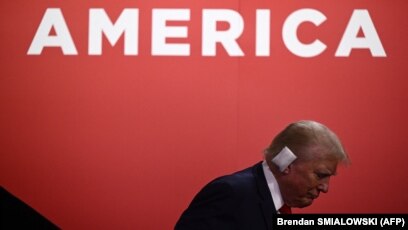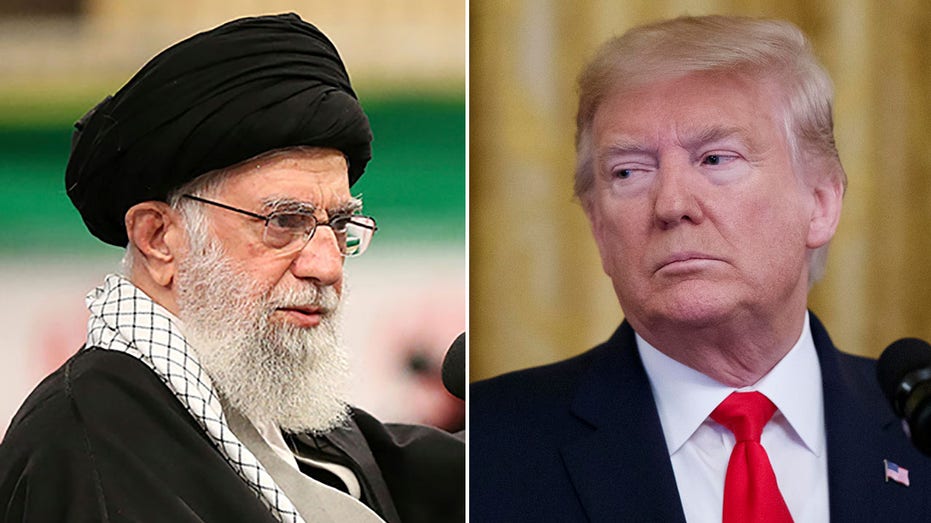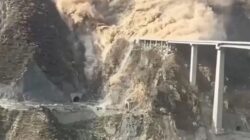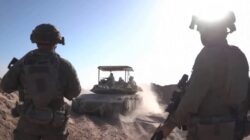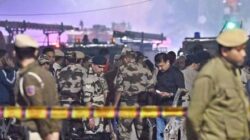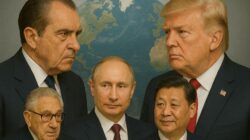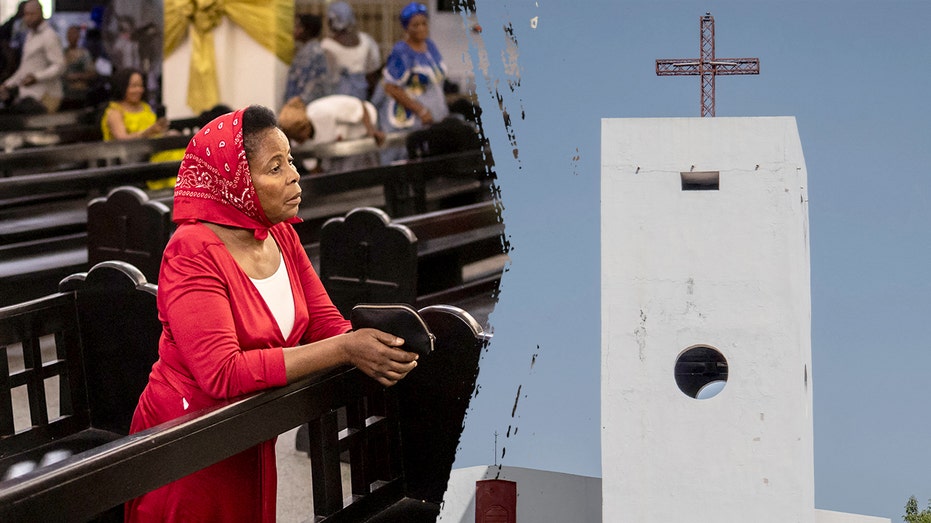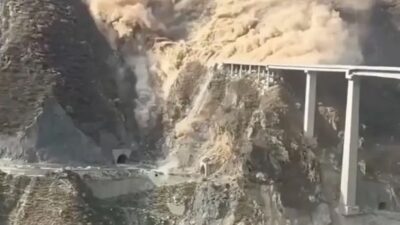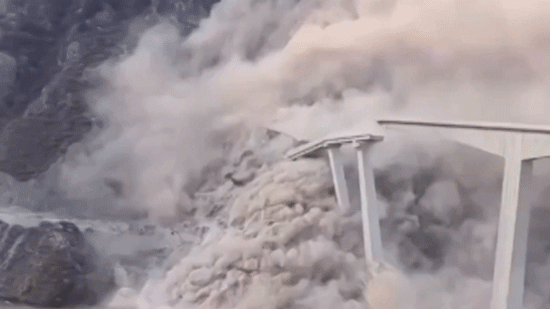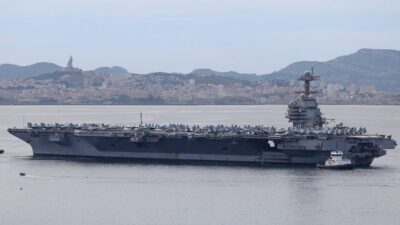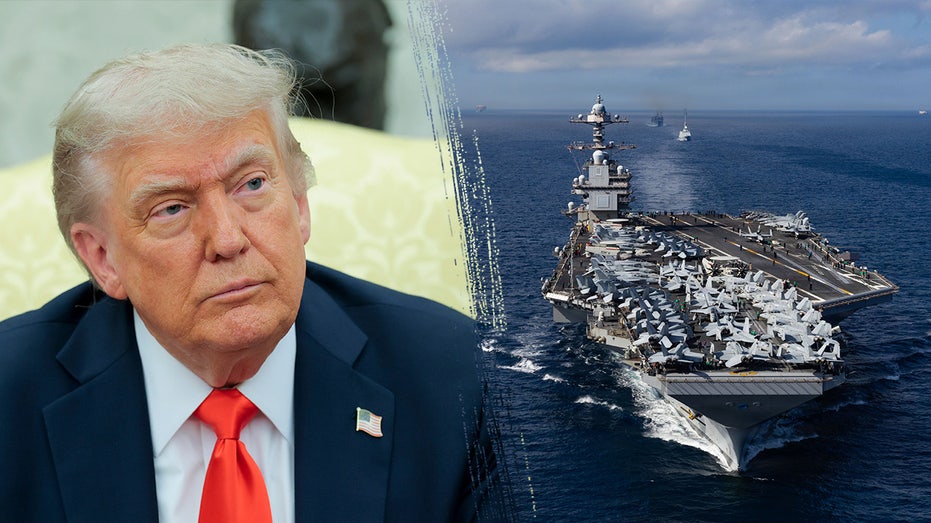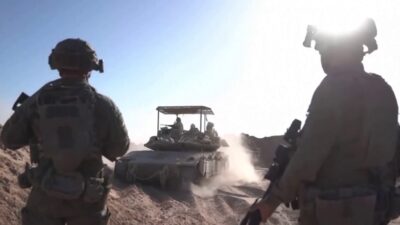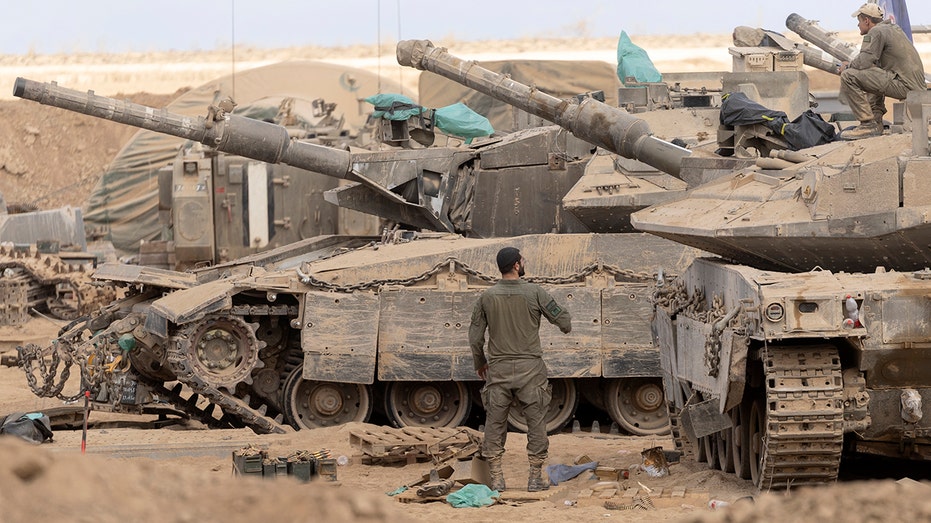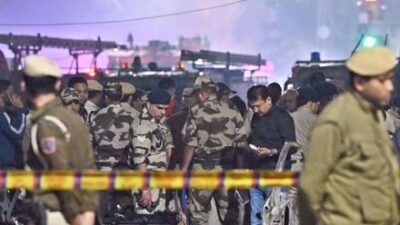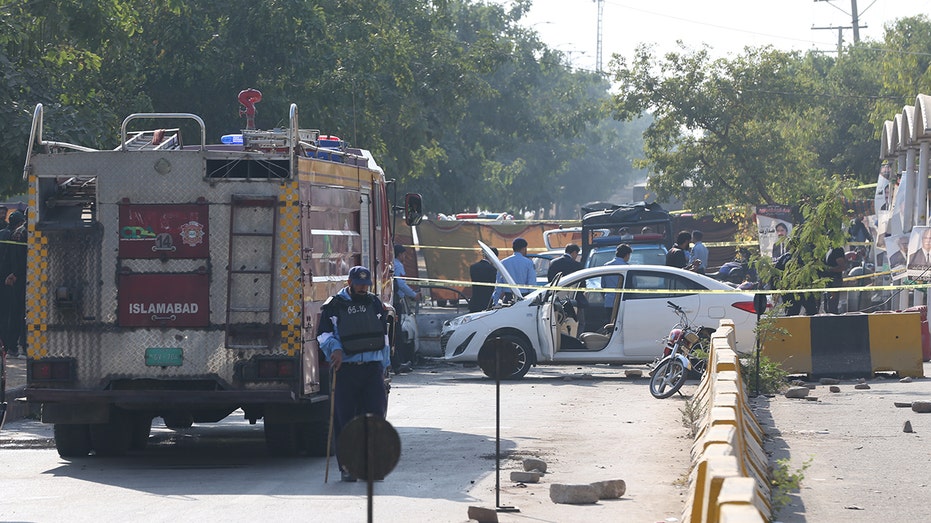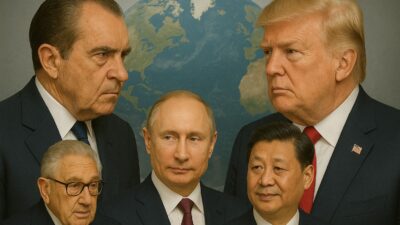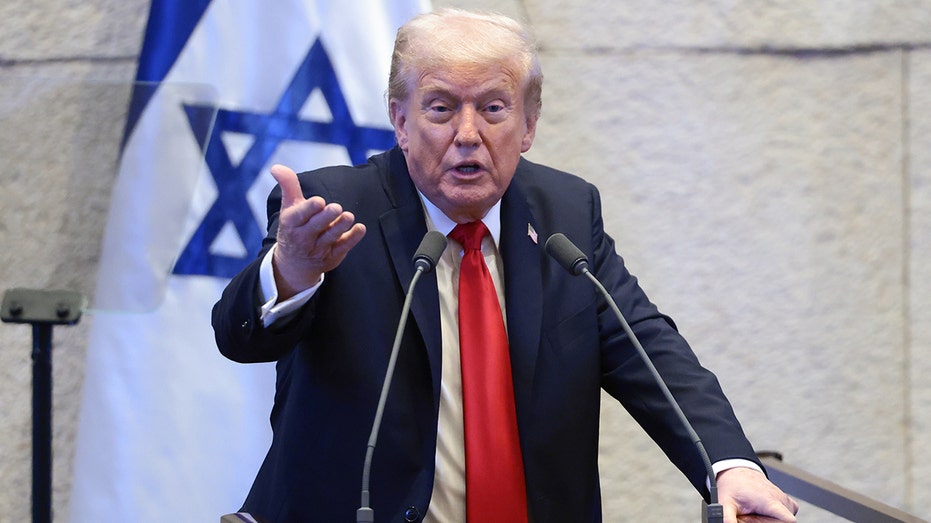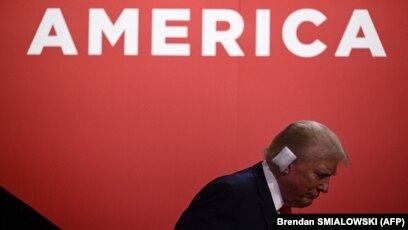
Iran Faces Mounting Challenges: Gas Crisis, Protests, and Geopolitical Pressures
By [Your Name] | JERUSALEM
Introduction
As Iran grapples with a plethora of challenges including a severe gas crisis and rising protests, experts warn that the Islamic Republic could be nearing a breaking point. A looming revival of President-elect Donald Trump’s “maximum pressure” campaign, coupled with burgeoning domestic dissatisfaction, could exacerbate the regime’s already precarious situation.
Domestic Gas Crisis and Its Political Ramifications
The current domestic gas crisis in Iran is particularly troubling, shedding light on the regime’s growing vulnerabilities. Iran has vast reserves of natural gas and oil, yet years of economic mismanagement and underinvestment have left its energy sector ill-equipped to meet demand. Lisa Daftari, an expert on Iran and editor-in-chief of The Foreign Desk, emphasized that Iran’s declining regional influence—evident in setbacks for ally groups like Hezbollah and Hamas—mirrors the state of the economy. These developments contribute to the regime’s vulnerabilities, especially in the wake of a plummeting currency and decreasing public faith in the government.
Public Unrest: A History of Protests
Public dissent is not new to Iran. The country has witnessed multiple protests over issues ranging from fuel price hikes to the controversial mandatory hijab law. Following steep fuel price increases in 2019, protests erupted across the nation, resulting in a heavy-handed crackdown that left at least 106 dead, according to reports. The spark for the 2022 protests was the tragic death of Mahsa Amini, a young woman who reportedly died in custody after being detained for allegedly violating hijab laws. This incident incited global outcry and reignited public protests against the government.
In response to the ongoing energy crisis, the Iranian judiciary has taken preventative measures to avert potential unrest. Gholam-Hossein Mohseni Ejei, the head of Iran’s judiciary, stated that cohesive action is necessary to secure the stability of citizens, claiming that efforts from foreign adversaries aim to incite chaos and disorder.
Systemic Issues in the Energy Sector
Despite its vast resources, Iran’s energy sector suffers from long-standing structural issues. The combination of corruption, deep-rooted mismanagement, and a sanctions-heavy economy has hindered Iran’s ability to maintain adequate energy supplies. The country is currently facing rolling blackouts amidst a brutal winter that has driven energy demands to unprecedented highs. In response to the energy shortages, Tehran has resorted to shutting down schools, universities, and government offices.
Experts assert that the regime’s investments in foreign militants and proxy groups further exacerbate Iran’s domestic challenges. With an estimated annual expenditure of 0 million to billion on Hezbollah and around 0 million for Hamas, these allocations drain precious resources that could have been utilized to address pressing domestic issues.
The Economic Landscape: Currency Devaluation and Inflation
The economic turmoil in Iran is underscored by the dramatic decline of the Iranian rial, which has reached record lows against foreign currencies. Following whispers of Trump’s 2024 presidential ambitions, the rial dropped more than 10% in one day—a clear indication of investor confidence eroding in tandem with the home front’s instability.
Iran’s Central Bank has resorted to flooding the markets with foreign currency reserves in an attempt to stabilize the rial, although these temporary fixes have not proven sustainable amid the ongoing energy crisis. The confluence of a weakened currency and a faltering economy may lead to heightened tensions within the society that is already struggling under the weight of sanctions and mismanagement.
Potential for Change: An Uncertain Future
As conditions deteriorate, experts believe that this critical juncture may awaken the Iranian populace’s desire for change. Daftari warns that the confluence of external pressures—especially if Trump reintroduces sanctions—and mounting domestic discontent may create an environment ripe for regime change. This multifaceted crisis presents a moment of potential upheaval that could force the regime to confront its vulnerabilities directly.
The Iranian people’s growing frustration, amid gas shortages and rampant inflation, suggests a window for possible political transformation in the Islamic Republic. With the international community closely watching developments, the narrative surrounding Iran could shift rapidly, potentially influencing the region’s geopolitical balance.

